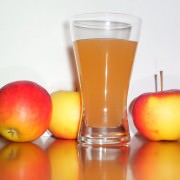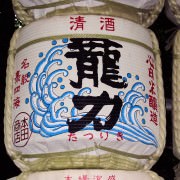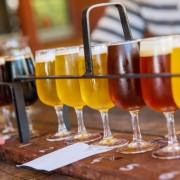Do You Know the Secrets of the Most Profitable Restaurants?
Is your restaurant doing well right now? Are you happy with its growth and profits? Even for those of you who said “Yes,” this industry is so dependent on public perception and the local economy that just one financial set back can push your restaurant from “trendy” to “end-y.” However, if you use the techniques that the most profitable restaurants are using, you’ll find a firmer footing to stand on when unexpected problems arise.
I know I’ve spoken before about upselling in your restaurant, but I can’t stress enough that if you want your restaurant to succeed, you need to teach your servers to be salespeople.
The Ugly Truth
I know that I also keep harping on about this “train your servers” technique, but as a dedicated foodie, wine connoisseur, and craft beer enthusiast, I go out to eat a lot. I’m an indecisive orderer, so when I go out to eat, I usually have a conversation like this:
Server: “Are you ready to order?”
Me: “Hmmm, I was thinking about the Gnocchi with Parmesan Crème… or maybe the Frutti di Mare? What do you think is better?”
Server: “They’re both really good, it just depends on what you’re in the mood for.”
At which point, I usually order the cheaper item (the Gnocchi) because if every dish is equally tasty, I may as well save some money.
Get Customers to Put Their Money Where Their Mouth Is
When I tell my server that I’m not sure what I should order, they should know the basics of reeling me in for multiple upsells so that I spend more. When you teach your servers how to upsell customers, remember to point out that increased customer bills generate increased tips—in short: when they are effective salespeople they get a better take-home. Your servers can use techniques such as:
- Enhanced descriptions (using drool-inducing words for appetizers, sides, cocktails or desserts)
- Specific alcohol offerings (naming top-shelf liquors as options for cocktail orders)
- The “nod” (nodding while making an upsell suggestion)
- Downselling (making sales by creating a perceived value)
The Ideal Future
Here’s what my restaurant conversation should sound like:
Server: “Can I start you off with our antipasto platter which includes dry-aged Salami Alpino, fresh, handmade mozzarella, and a selection of artisan peppers and olives? I think it’s one of the best antipasto appetizers in the city.”
Me: “That sounds delicious, but I think it might be too big for one person.”
Server: “I see what you mean. How about a cup of our creamy oyster mushroom soup, topped with pancetta?”
Me: “That sounds wonderful, thank you.”
[The server has now just made two suggestions, and might want to tone it down for a little while, waiting for dessert.]
Server: “And have you made your dinner selection?”
Me: “Hmmm, I was thinking about the Gnocchi with Parmesan Crème… or maybe the Frutti di Mare? What do you think is better?”
[This signals the server that she has the go-ahead to keep selling, so she does.]
Server: “Well, since you’re already having a cream-based soup, I think the Frutti di Mare [$8 more expensive] is your best choice.”
Me: “Very true. I’ll go with that then.”
Server: You know, I really like the way that the Frutti di Mare tastes with our [name a brand] Cotes du Rhone. The spices and earthiness of the sauce are really well-balanced by the spiciness of the grapes in the wine. Can interest you in a glass with your meal?” [server nods while asking this]
Me: Why yes, that sounds fabulous. Thank you for the suggestion.
Lo and behold, the server has now talked me into an appetizer, a pricier entrée, and a glass of wine. If you can do this with just 25% of your customers, you’ll be well on the way to joining the ranks of the most profitable restaurants.
Photo licensed for use by Emilio Labrador
- Why Your Wine Menu Is Scaring Your Guests - February 27, 2015
- How to Host a Better Restaurant Week and Get More Customers - February 23, 2015
- Choosing Your Restaurant Wine Glass – 3 Approaches - February 16, 2015









